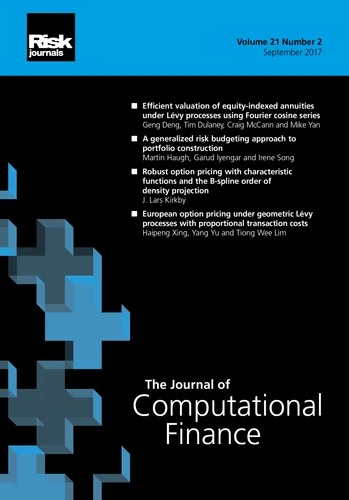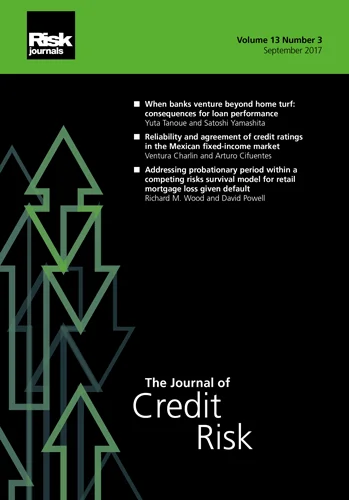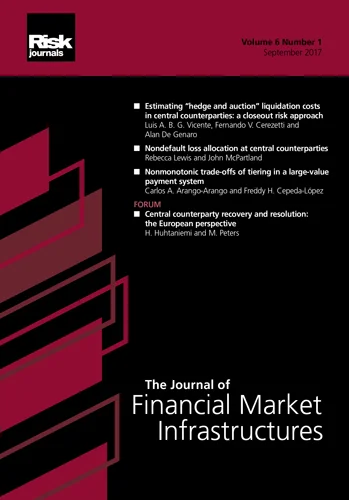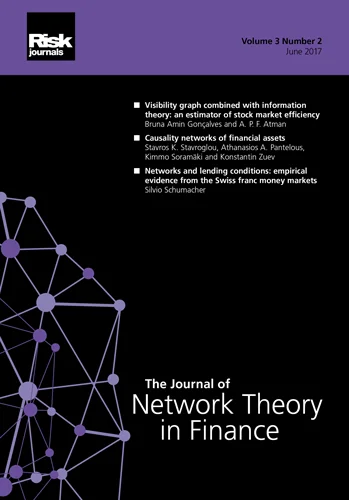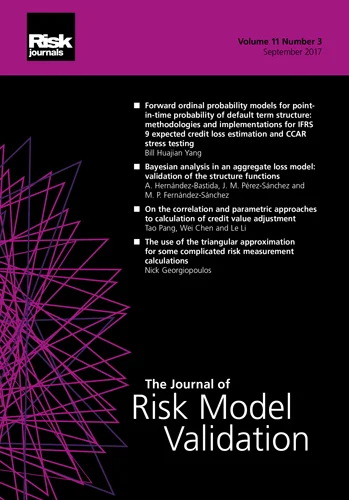Journal of Energy Markets
ISSN:
1756-3607 (print)
1756-3615 (online)
Editor-in-chief: Kostas Andriosopoulos

Need to know
- Traditional methods of price forecasting use either a market model or simulation.
- In this paper we instead use a fundamental principle of classical mechanics.
- Using an analytically-derived demand forecast, we can thus forecast price.
- We benchmark against the market forecast using a Price of Error metric.
Abstract
ABSTRACT
In this paper, we employ a fundamental principle of classical mechanics known as the least-action principle to model the complex relationship between expected load and expected price in electricity spot markets. We consider markets that feature a centralized electricity dispatch system that optimizes grid parameters to determine the minimum spot nodal prices. Using the example of the Australian National Electricity Market (NEM) and a calibrated stochastic demand model, we develop a mathematical approach that determines the price evolution, including intraday and seasonal features. The proposed model links the concept of a deterministically modeled price with stochastically modeled demand. The demand-price relationship is complex, and it must include not only the level of demand within the constraint of maximum generating capacity, but also the change in demand within the constraints of generator ramping rates. While this paper uses the NEM as an example, the proposed approach is applicable to any energy market that satisfies the above conditions.
Copyright Infopro Digital Limited. All rights reserved.
As outlined in our terms and conditions, https://www.infopro-digital.com/terms-and-conditions/subscriptions/ (point 2.4), printing is limited to a single copy.
If you would like to purchase additional rights please email info@risk.net
Copyright Infopro Digital Limited. All rights reserved.
You may share this content using our article tools. As outlined in our terms and conditions, https://www.infopro-digital.com/terms-and-conditions/subscriptions/ (clause 2.4), an Authorised User may only make one copy of the materials for their own personal use. You must also comply with the restrictions in clause 2.5.
If you would like to purchase additional rights please email info@risk.net
